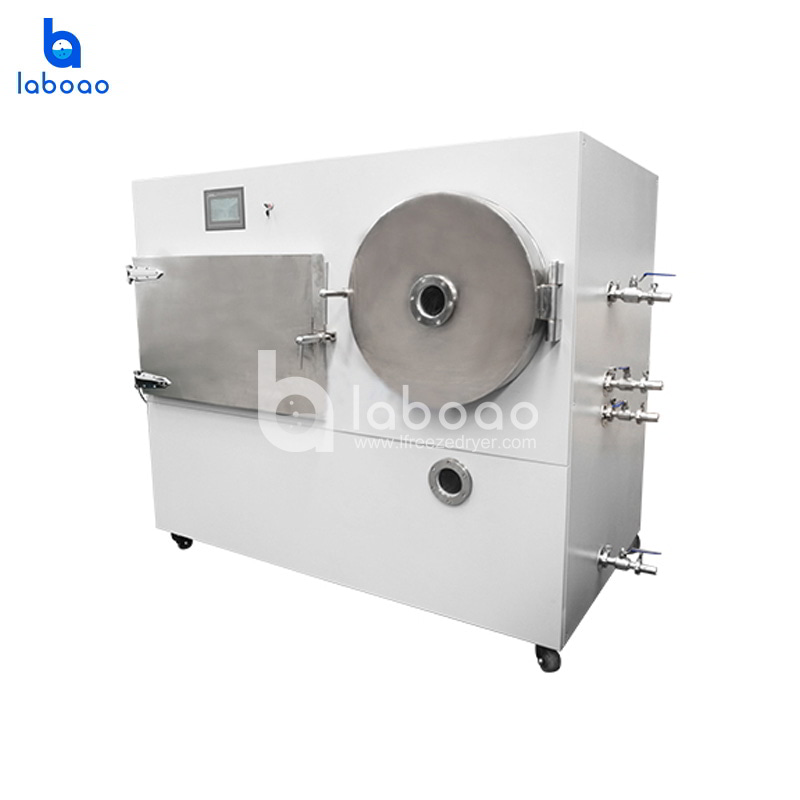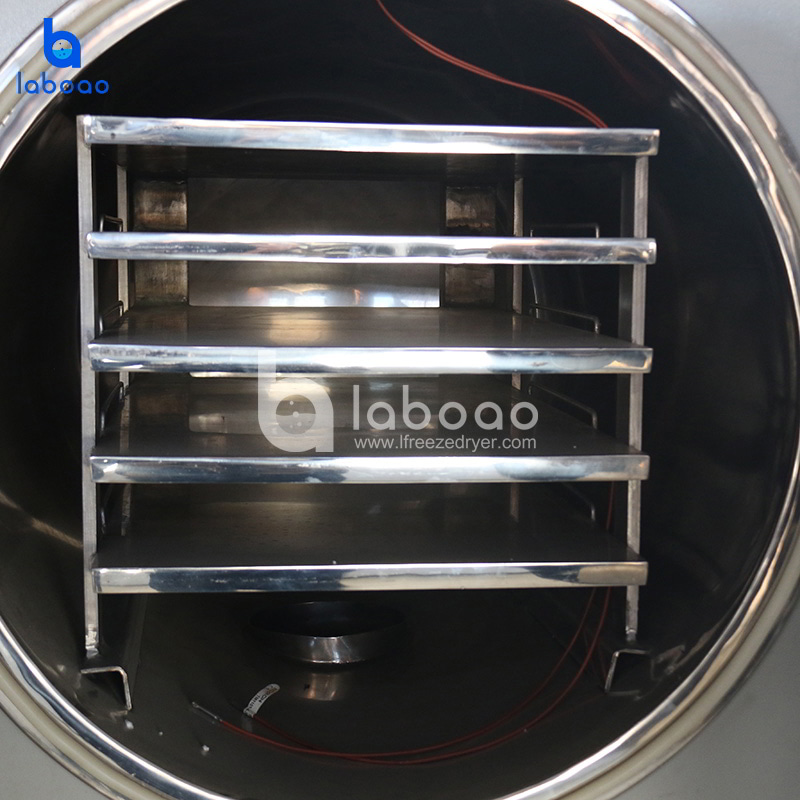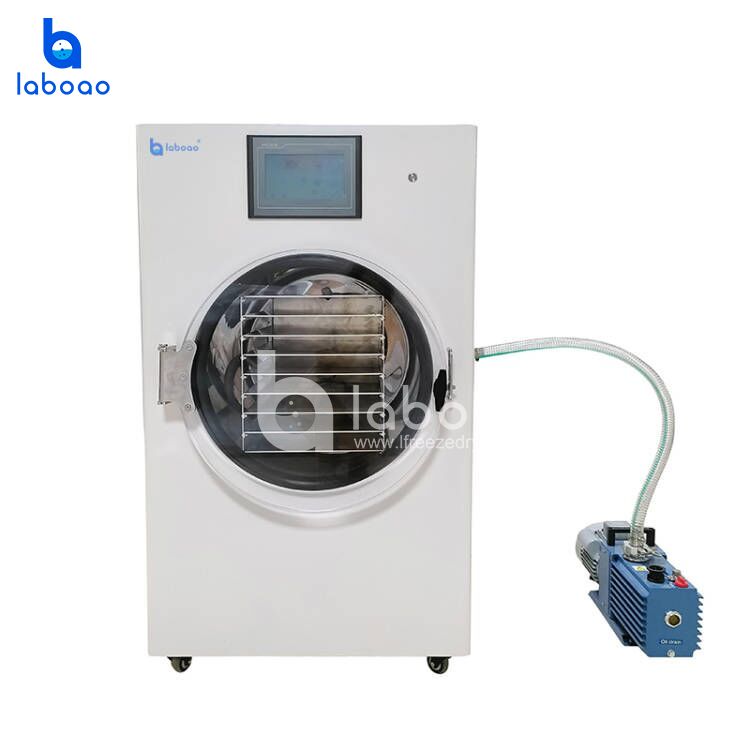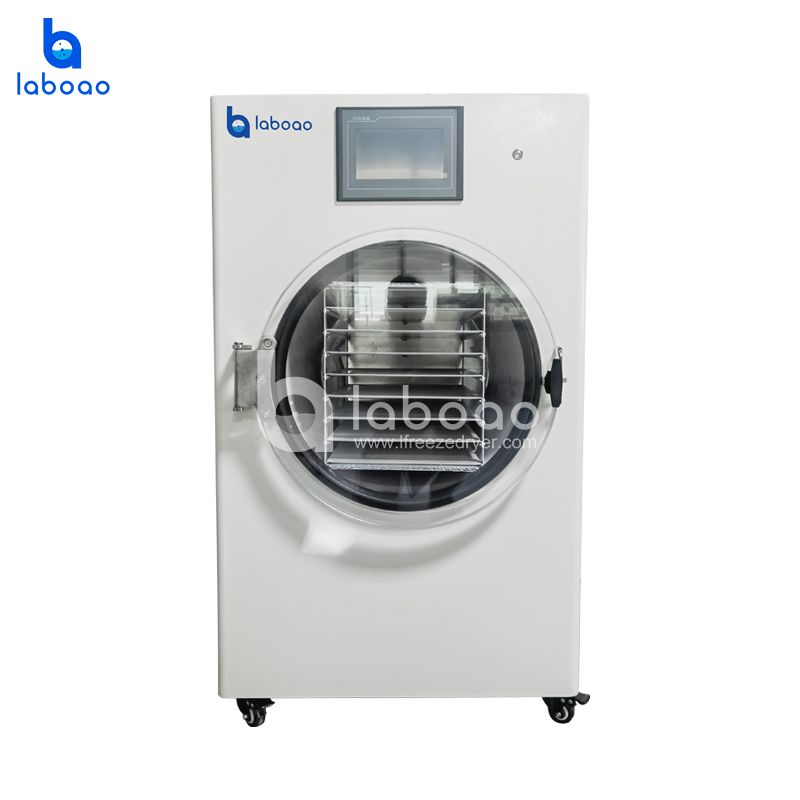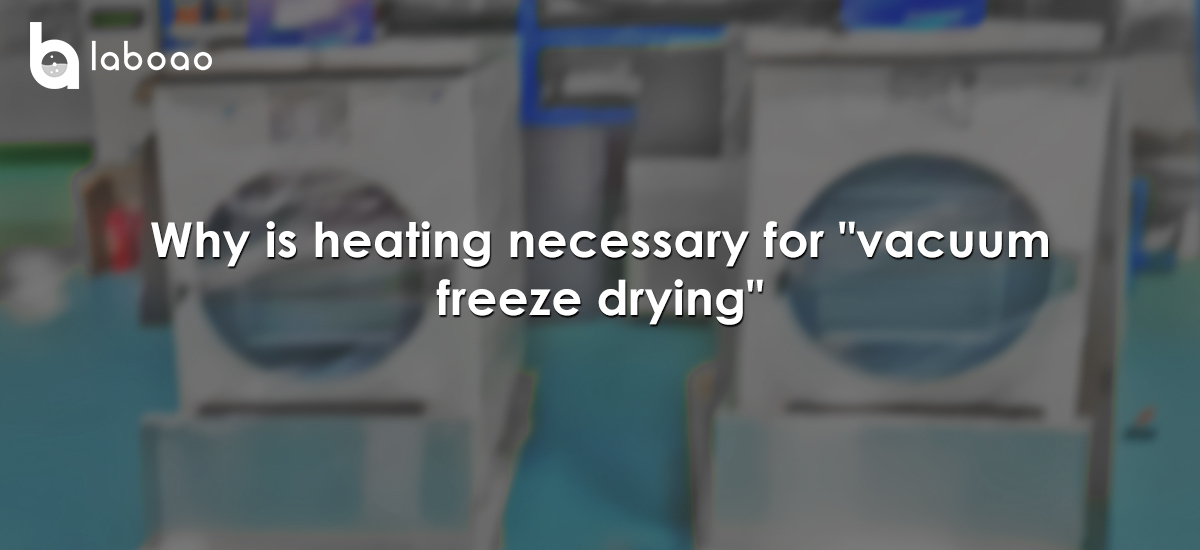
The reason for heating during "vacuum freeze-drying" is primarily based on the following key points:
1. Sublimation Principle and Endothermic Process
Vacuum freeze-drying utilizes the principle of sublimation for drying. Sublimation refers to the direct transformation of a substance from a solid to a gaseous state without passing through a liquid state. In this process, ice crystals directly sublimate into water vapor, which is an endothermic process requiring the absorption of a large amount of heat. Without sufficient heat, sublimation cannot occur, and the freeze-drying effect cannot be achieved.
2. Accelerating the Drying Process
Heating provides sufficient heat to rapidly sublimate the ice crystals in the material, thus significantly accelerating the drying process. In a vacuum environment, heating promotes the rapid diffusion of moisture from the material's interior to the surface, where it sublimates into water vapor and is removed by the vacuum system. This not only shortens the drying time but also improves drying efficiency.
3. Maintaining Material Quality
Because vacuum freeze-drying is carried out at low temperatures, the heating process prevents the material from denaturing or being damaged due to excessively high temperatures. Simultaneously, heating promotes the uniform diffusion and sublimation of moisture within the material, ensuring uniform drying and preserving its original color, aroma, flavor, shape, and nutritional components.
4. Preventing Icing and Blockage
During the drying process, if the material temperature is too low, it may cause ice to form on the surface or inside. Icing can block the moisture diffusion channels in the material, affecting the drying effect. Heating can prevent the material from freezing, ensuring the smooth progress of the drying process.
5. Improving Product Quality
Heating not only accelerates the drying process but also improves the final quality of the product. By controlling the heating temperature and time, it can be ensured that the product reaches the required degree of dryness and moisture content. At the same time, heating makes the product more soluble in water, allowing for rapid reconstitution and extending its shelf life.
6. Summary
The reasons for heating in "vacuum freeze-drying" mainly include: the endothermic process of sublimation, accelerating the drying process, maintaining material quality, preventing icing and blockage, and improving product quality. Heating plays a crucial role in the vacuum freeze-drying process.
